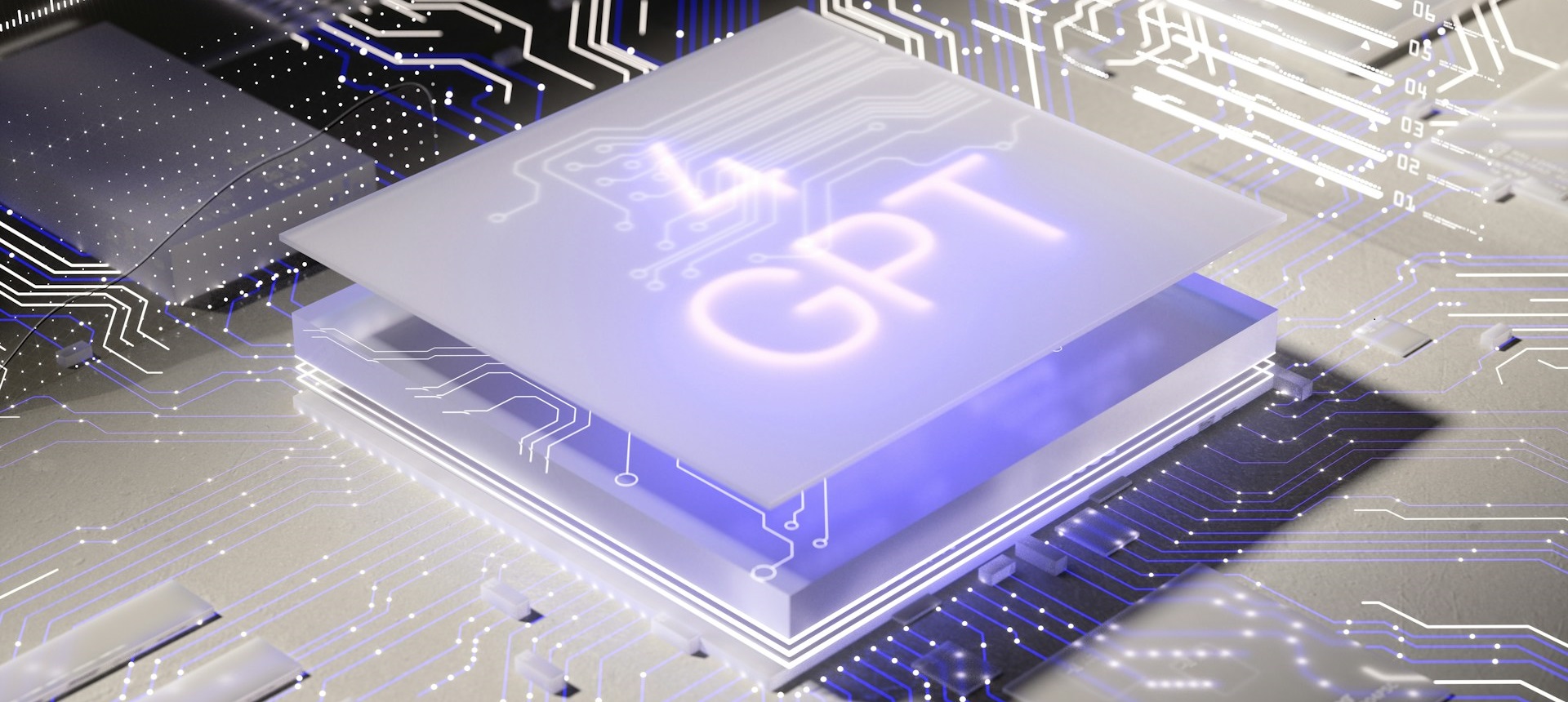1. Accenture workforce report examines employee sentiment regarding AI in the workplace
Accenture’s Work, workforce, workers report finds that 95 per cent of workers see the value in working with GenAI. But many workers lack trust that their organisation is focused on ensuring and creating positive outcomes for all parties. In terms of job security, 58 per cent of workers are worried about their jobs, but less than one-third of C-level executives believe that job loss is a concern for the workforce.
2. PwC’s CEO Survey finds CEOs embracing GenAI to improve products and services
The annual CEO Survey by PwC, released in January 2024, reports that “around half of CEOs expect generative AI (GenAI) to enhance their ability to build trust with stakeholders,” and that around 60 per cent also believe that GenAI will improve the quality of their products and/or services. Additionally, some 25 per cent of CEOs are expecting to reduce their headcount by a minimum of 5 per cent in 2024 because of GenAI.
3. IDC predicts that AI personal computers will represent almost 60% of all worldwide PC shipments
A forecast from the International Data Corporation predicts that shipments of AI PCs—PCs with specific system-on-a-chip (SoC) capabilities that are designed to run GenAI tasks locally—will more than triple from 50 million units in 2024 to over 167 million in 2024. IDC predicts that, by 2027, AI PCs will represent almost 60 per cent of global PC shipments.
4. National Audit Office finds majority of government respondents piloting AI use cases
The National Audit Office’s Use of artificial intelligence in government report finds that government bodies are embracing the use of AI to “improve public service and outcomes”, with 70 per cent of respondents currently piloting and planning AI use cases.
5. Policy note by HEPI reveals state of AI sentiment within higher education
A policy note released by the Higher Education Policy Institute (HEPI) in February 2024 reveals the reality of AI understanding and usage in higher education, finding that 53 per cent of students have used GenAI to help them prepare assessments. However, only 5 per cent of students admit to inserting AI-generated text directly into assessments without editing it personally.
6. International Monetary Fund releases findings on AI and the future of work
The IMF’s Gen-AI: Artificial Intelligence and the Future of Work report, published in January 2024, found that nearly 40 per cent of the global workforce is exposed to AI, with “advanced economies at greater risk but better poised to exploit AI benefits” than developing economies and emerging markets. The overall exposure to AI stands at 40 per cent in emerging-market economies and 26 per cent in low-income countries.
7. IPPR examines reality of AI’s influence on work today
In its March 2024 report—Transformed by AI: How Generative Artificial Intelligence Could Affect Work in the UK – and How to Manage It—the Institute of Public Policy Research analysed its large-scale assessment of 22,000 tasks in the UK’s economy. It found that around 11 per cent of these tasks are currently exposed to GenAI. It also found that “back office jobs – which are more likely to be occupied by women – are most exposed in the first phase of generative AI deployment”.
8. Reuters releases its 2024 trends and predictions for journalism, media and technology
Fifty-six per cent of news media leaders say that content creation is the journalism task that’s most vulnerable to AI, according to a January 2024 report by Reuters. Other tasks identified as being at risk from AI include news gathering (28 per cent), back-end automation (11 per cent) distribution and recommendations (3 per cent) and commercial uses (2 per cent).
9. Semianalysis report refutes drastic estimations of AI power consumption
A report published by Semianalysis in March 2024 looked at the increase in compute power necessary to run AI and found that global data centre power usage will remain “well below the doomsday scenario” of 24 per cent of total energy generation in the near term. Instead, the survey predicts that AI demands on data centres will require 4.5 per cent of global energy generation by 2030.
10. 2024 EdTech Insights report questions if AI is good for education
BusinessCloud’s EdTech Insights report states that 75 per cent of respondents have seen accelerated adoption of education technology over the last 12 months, with 100 per cent using AI in their business. On the question of whether AI is ultimately good for education, Rachel Vecht, founder of Educating Matters, said: “My concern is that there will end up being too much reliance on tech and less interaction with teachers. It’s a very fine balance.”








